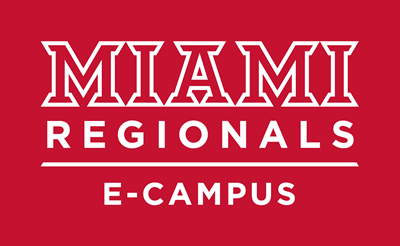
Instructor Presence Series Part 1: More Than Just an Email Address


By:  Jill Gomez
Jill Gomez 
Note: This article is part one of the “Instructor Presence in the Online Classroom” series.
Instructor Presence in Online Classrooms Part 1: More Than Just an Email Address
Implementing instructor presence can be a challenging aspect of teaching in the online environment. However, understanding the different dimensions of teaching online will help you design and/or facilitate a course in which students identify you as their instructor, a human being, as more than just a name attached to an email address.
There are four primary roles for instructors teaching online: pedagogical, social, managerial, and technical (Berge)
Pedagogical Role
An instructor’s principal task, regardless of teaching modality, is to serve as the educational facilitator. In the online setting, this can be accomplished by working with a knowledgeable instructional designer who can assist you in building a robust and engaging course.
- Record mini-lectures that hold the students’ attention and are accessible and informative.
- Draft discussion boards that require investigation, evaluation, and student interaction, and
- Create assignments and assessments that reflect student understanding of the learning material.
Social Role
Creating a positive learning environment in the online classroom will look different than in a traditional classroom. That isn’t to say that it cannot be accomplished! Studies show that high levels of instructor involvement are directly linked to higher levels of student engagement and success.
- Design an introduction discussion board with videos, photos, and/or ice breakers to allow students to interact with you and the other students from the get-go.
- Encourage and guide students through timely feedback that is balanced, consistent, and actionable.
- Communicate consistently with the class as a whole as well as with individual students.
- Make weekly announcements on Canvas that lay out the week’s schedule and give collective feedback and don’t forget to answer emails within 24-48 hours!
Managerial Role
A well-organized and coordinated course demonstrates your administrative strengths. Managing a course starts well before the semester begins by sending out informational emails to students about course set up, textbook selection, and expectations and continues throughout the semester.
- Communicate clear instructions and goals via multiple modes (written, audio, and/or video); this gives students opportunities to connect with you throughout the course.
- Decide how often you will hold virtual office hours and in what time frame you will return grades, comment in discussion boards, and give feedback to students. Adhering to procedural guidelines that you communicate via the syllabus and course introduction module in Canvas establishes a trusting relationship with your students and makes them feel more comfortable approaching you with questions or problems.
Technical Role
You don’t have to have a degree in information technology to successfully fulfill this role! You should, however, be familiar with Canvas and any other tech tools or websites that you require for your course. Though you may not be able to solve every issue for students, pointing students to the right resource for help shows them that you care about their success in the class.
Conclusion
Instructors have many hats to wear, and that is no different when teaching a course online. But managing all of these roles doesn’t have to be a frustrating task. In the next part of this series on instructor presence, you’ll hear from Miami students about the importance of instructor presence from their online experiences.
Berge, Z. L. Facilitating Computer Conferencing: Recommendations from the Field. Educational Technology 15(1): 22–30, 1995.





